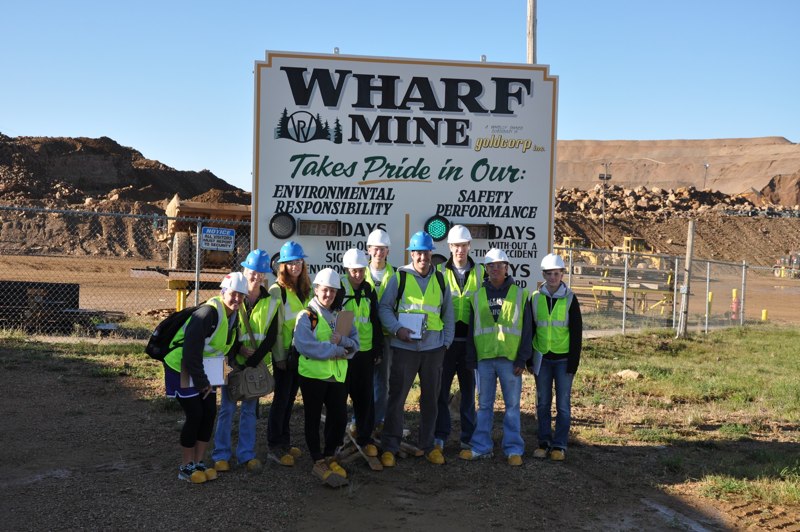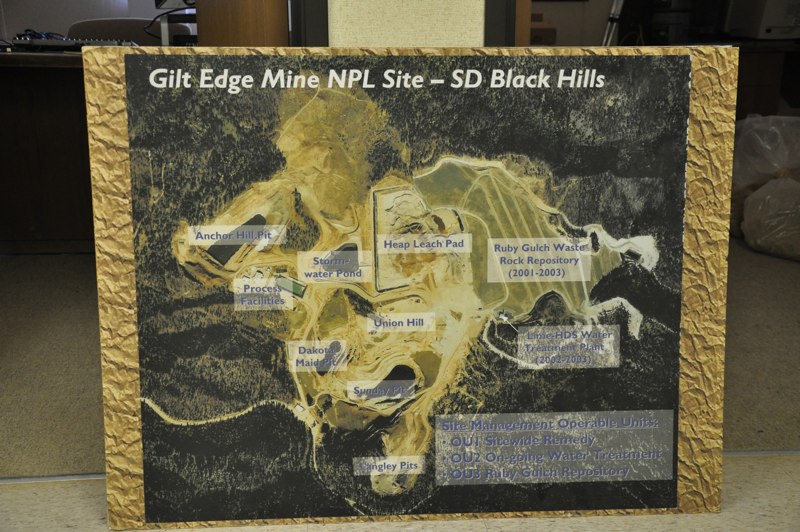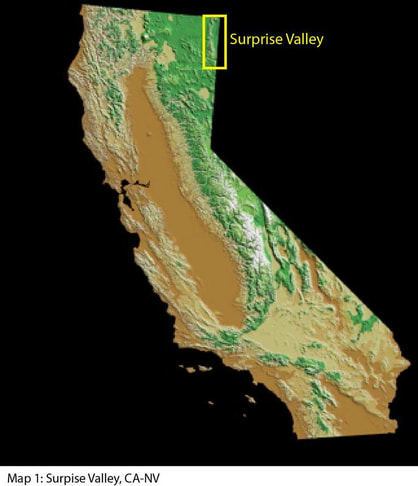3 Comments
The intersection of several physical environmental factors such as geology, geomorphology, climate, soils and cultural institutions aimed at production (as opposed to consumption), helped to sustain cattle ranching, the chief economic base of Surprise Valley, throughout much of the 20th century. Understanding these variables within the spatial and temporal context of the Warner Mountains, Surprise Valley and the Hays Canyon Range is critical in explaining the late 20th century landscape.
|



 RSS Feed
RSS Feed
